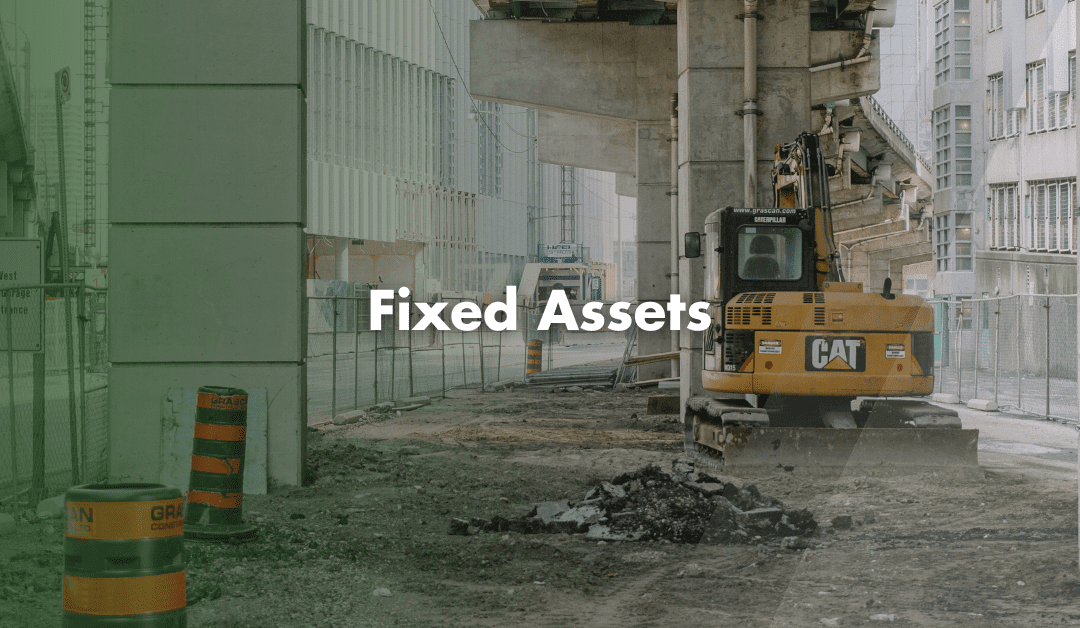What are Fixed Assets?
Businesses purchase fixed assets as long-term assets for continuous use. Businesses do not intend to resell or convert them into cash quickly. Instead, they support the business over several years. Examples of fixed assets include:
- Buildings: Used for office space or production facilities.
- Land: Owned properties that the business operates on or invests in.
- Equipment and Machinery: Tools and machines that help in manufacturing or providing services.
- Vehicles: Cars, trucks, or other transportation used for business operations.
Fixed Assets are different to Current Assets. Click here to read more on Current Assets.
Tangible vs. Intangible Fixed Assets
Fixed assets fall into two categories: Tangible and Intangible.
- Tangible Assets: These are physical items you can see and touch, like buildings, land, and equipment. Tangible assets depreciate over time due to wear and tear.
- Intangible Assets: These include non-physical items like patents, trademarks, and software. Businesses amortise intangible assets, meaning they reduce in value over time as their usefulness expires.
Benefits of Fixed Assets
- Revenue Generation: A fixed asset is essential for producing goods or services. For example, machinery in a factory helps produce items for sale.
- Improved Efficiency: New equipment can make processes faster and reduce production costs.
- Long-term Value: Some fixed assets, like land, can appreciate in value over time, improving the company’s financial position.
- Operational Stability: Owning essential assets like buildings and machinery ensures the business can operate smoothly without relying on rented or leased items.
Accounting for Fixed Assets
- Initial Recording: When a business purchases a fixed asset, the company records it on the balance sheet as a non-current asset. This is because these assets provide value over many years, not just within a single accounting period.
- Depreciation and Amortisation: A fixed asset loses it’s value over time. Businesses account for this loss through depreciation for tangible assets and amortisation for intangible assets. Record depreciation and amortisation expenses on the income statement to reduce the asset’s value on the balance sheet.
- Disposal of Fixed Assets: When a fixed asset loses its usefulness, the business either sells or disposes of it. When sold, the business records the proceeds as cash inflow. When a business disposes of an asset without selling it, the business writes the asset off the balance sheet.
- Cash Flow Implications: The acquisition of a fixed asset represents a cash outflow, while their disposal can result in cash inflow. Record these transactions in the cash flow statement under investing activities.
Contact Us
We are not just accountants; we are Chartered Accountants with one of the most reputable and premium accounting bodies. We are registered and regulated by ACCA; so you can rest assured that you are in good hands. Knowing this, don’t hesitate to get in touch with us if you require assistance: Pi Accountancy | Contact Us

